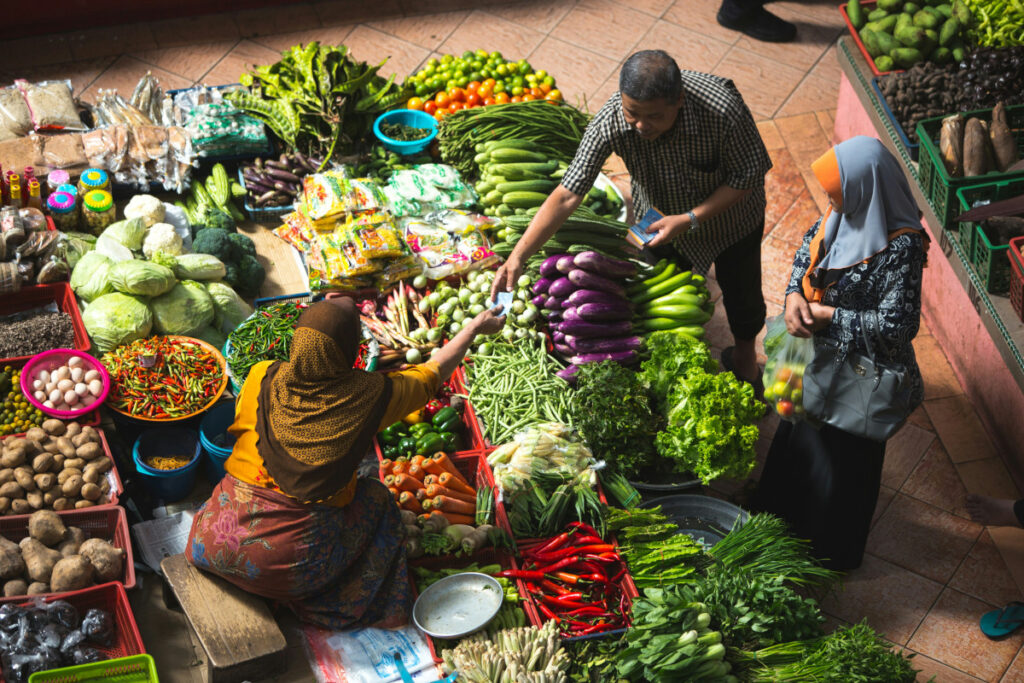By: Professor Dato Dr Ahmad Ibrahim

Food is a major spending of any economy. As population rises, the demand for food increases. Having enough food to feed the population is a struggle for many countries. Food security is a growing world concern. Overdependence on external sources is unsustainable. Countries must increase their own domestic capacity to supply food. High price food issues have become commonplace literally everywhere. Persistent high prices can translate food crisis into social unrest.
In Malaysia, we have witnessed this on many occasions. The most recent one was on the humble eggs. The supply situation has since been restored. But for how long? A few months before, it was chicken. Malaysia’s food import bill has ballooned. The latest talk is it may have tested RM80 billion. Unless addressed, the foreign exchange outflow is a serious concern for the economy. There has been much discussion on how. But so far, there is nothing much to show for the many blueprints launched
Many agree technology development and adoption is a key part of the puzzle. We need to establish a robust innovation ecosystem for this. The quadruple helix strategy has been touted as the potential panacea for some time now. Making it work remains a struggle. The quadruple helix (QH) strategy which integrates government, industry, academia, and civil society, is a collaborative framework designed to foster sustained innovation by aligning diverse stakeholders’ expertise, resources, and incentives.
Unlike linear models, the QH approach emphasizes dynamic, iterative interactions among all four sectors to create resilient innovation ecosystems. Many are convinced it can drive long-term sustained innovation, which can be of great help to the country’s food security ambitions.
There are roles of each helix in sustaining innovation. The government must ensure policy stability and incentives. Develop long-term innovation policies (R&D tax breaks, grants for collaborative projects) to reduce uncertainty for investors and researchers. Infrastructure investment is a role for the government. This include funding shared facilities (tech parks, testing labs) and digital infrastructure (5G for smart agriculture). Good to create regulatory sandboxes. This is where we enable experimentation (piloting drone-based crop monitoring) while managing risks.
Industry on the other hand must champion market-driven R&D. Invest in applied research aligned with commercial needs (sustainable packaging, precision farming tools). And translate prototypes into market-ready products (partnering with startups to commercialize lab innovations). Industry effort is needed for supply chain integration. Embed innovation across value chains (blockchain for traceability in food systems).
Academia is responsible for basic and applied research. Conduct foundational science (CRISPR for drought-resistant crops) and interdisciplinary projects (AI + agronomy). Also train future innovators via industry-linked curricula, internships, and lifelong learning programs. And publish findings in accessible formats and collaborate with civil society to address grassroots challenges.
Civil society can provide the food demand articulation. Voice societal needs (affordable nutrition, climate resilience) to guide innovation priorities. Pilot solutions locally (community-led vertical farms) and provide real-world feedback for refinement. And push for ethical, inclusive innovation (ensuring smallholder farmers benefit from AgTech).
What are some mechanisms for sustained collaboration? Create regional hubs (e.g., Penang’s tech corridor) where stakeholders co-locate, share resources, and co-develop solutions. Create living labs where we can test innovations in real-world settings (smart villages for renewable energy pilots) with continuous stakeholder input. Pool resources via public-private partnerships (PPPs) or crowdfunding to de-risk R&D. And use AI-driven matchmaking tools to connect startups with mentors, investors, and customers.
How can QH overcome barriers to sustained innovation? On the challenge of misaligned incentives, create shared KPIs (joint patents, social impact metrics) for cross-sector projects. To address funding gaps, establish evergreen funds (sovereign wealth investments in deep-tech ventures). On the challenge of knowledge silos, host cross-sector secondments (researchers in industry, NGOs in policymaking). To address possible resistance to change, use civil society as “trust brokers” to drive grassroots adoption (farmer cooperatives).
There are metrics for long-term monitoring. Innovation output measures the number of commercialized patents, startups surviving beyond 5 years. On ecosystem health, can look at the diversity of partnerships, and R&D expenditure as % of GDP. For societal impact, can measure reduced inequality (smallholder income growth), and carbon footprint reduction. Future-proofing the model calls for adaptive governance. Regularly update policies to reflect tech shifts (e.g., AI ethics frameworks). On youth engagement, attract Gen Z via gamified innovation challenges and social impact ventures. Leverage global networks (e.g., ASEAN innovation alliances) while addressing hyper-local needs.
The quadruple helix model would sustain innovation by fostering trust, reciprocity, and shared purpose among stakeholders. It transforms fragmented efforts into synergistic systems where each sector’s strengths compensate for others’ weaknesses. For Malaysia, embedding this approach could not only reduce food imports but also position the country as a global innovation node, turning today’s challenges into tomorrow’s exportable solutions.

The author is affiliated with the Tan Sri Omar Centre for STI Policy Studies at UCSI University and is an associate fellow at the Ungku Aziz Centre for Development Studies, Universiti Malaya.
